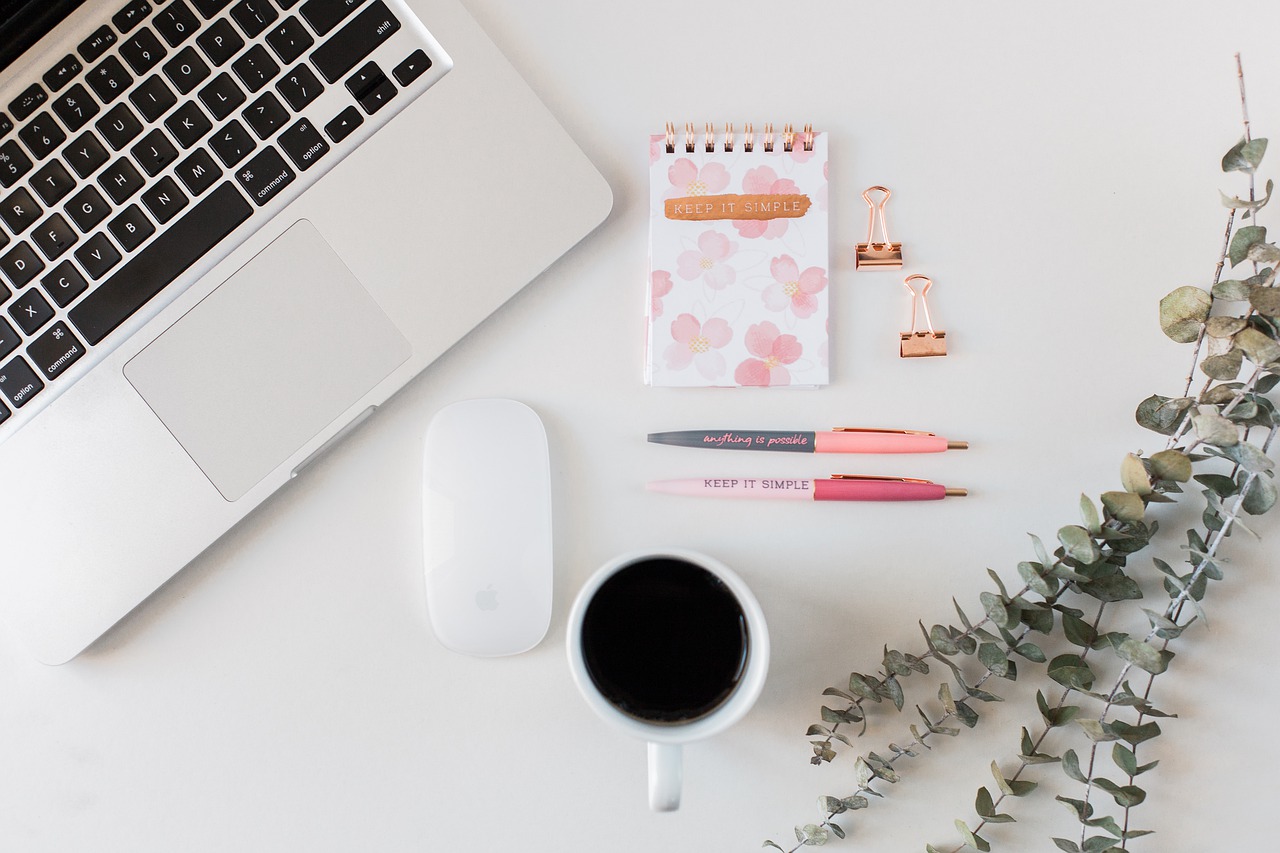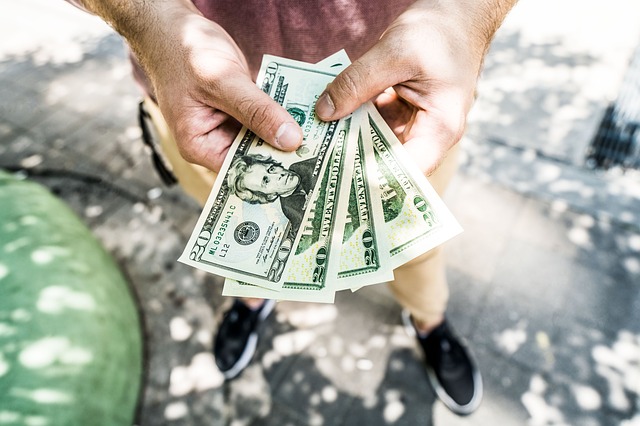With an unpredictable economy, these days it’s all about saving money. For some people, it’s easier said than done. Or it can be frustrating trying to figure out a method that actually works. Don’t fret! Let’s tackle this issue together!
There are two popular budget types that are gaining popularity. The Envelope Method and Zero-based budget. We’re here to talk about how they work so you can decide which one may work best for you.
The Envelope Method.
The envelope method is a budgeting style that allows you to track how much money you’ll spend using cold, hard cash. Once you create a budget on paper, take the cash out from a designated pay period or the month and place it inside an envelope.
It works best for household expenses minus your mortgage payment and utilities, which are often paid directly through your checking or savings account. But if you want to stash those funds in envelopes, you can. There is no wrong way to do it. When setting up your envelopes, some categories to include are:
- Groceries
- Entertainment
- Personal expenses, such as nails, hairdresser, massage, clothing
- Gifts
- Gas
- Restaurants
Once you have your categories set up, then add the amount you’ll need to spend for the allotted time frame. When heading to the store or out to eat, only spend what’s in that envelope. No exceptions!
The goal of the envelope method is to keep you on track, making it hard to overspend, but you have to really stick to it. Go over your budget in the checkout lane? Don’t reach for your debit card, put something back.
It is a great way to teach you discipline and self-control while keeping your main finances under strict control.
What is a Zero-Based Budget?
A zero-based budget in a nutshell is where all of your income coming in, with the exception of your expenses, equals zero. Your expenses must match your income for the month. This means that every dollar is accounted for and it has a job to do. It doesn’t mean you will be left with zero funds at the end of the month, it just means everything goes to something.
Having a plan for money is a good way to manage it easier. Here are some basic steps on getting started.
- Jot down your monthly bring home pay.
- List your monthly expenses.
- What are your seasonal expenses? Include them as needed.
- Subtract income from expenses to equal zero.
- Track spending monthly.
The goal is NOT to have zero dollars left over in your bank account, but that every dollar spent has a place to go. For example, if you are up $100, put that money into savings or to pay down debt. Short $100? Go back and rework your budget.
The main goal with any budget is to take a closer look at where spending is taking place. Having money left over at the end of the month is a good thing! It will make simplifying money management that much easier!
Here’s to Saving and Thriving Daily!
Copyright 2021, Nurturingcents.com

